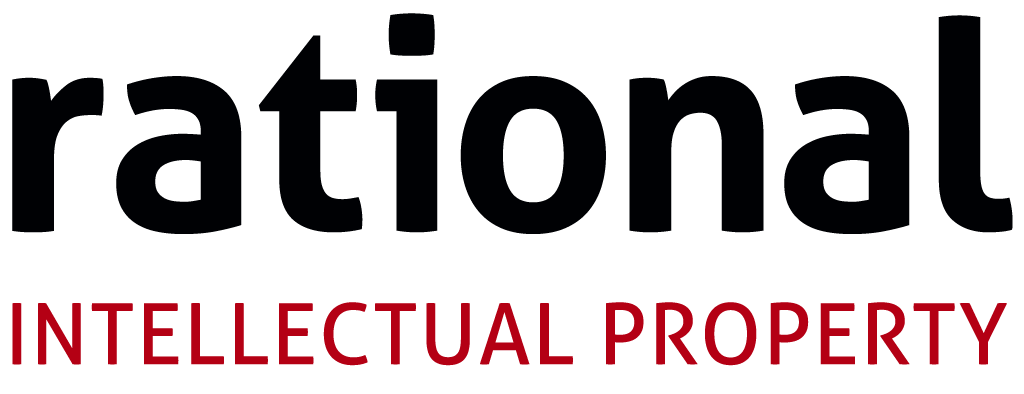Our Trade Mark Attorney, Laura Morrish, advises why selecting and registering a trade mark is more complicated for tech brands than other industries
Take a local beer manufacturer using the mark BLACK JACK for its beer. What it markets is simple, beer, and this is unlikely to change. Use of the mark may initially be limited to a local area, extending to a larger part of the UK over time, and consumers may visit its website, but are unlikely to order the product online. If there are no existing registrations for the mark (or similar marks) in the relevant class, or beers on the market with the same or similar name, then there are unlikely to be any issues with using or registering the mark.
In comparison, registering the name of a tech product can be tricky. Not only are the products more complex and difficult to classify, but there are also layers of consumers at whom the product is aimed. These two factors can lead to conflict with marks where, in other circumstances, both legal and commercial conflict would be unlikely.
So, what are the tricky elements of trade marking a tech brand?
1. Searching for existing brands
When selecting a mark, most people are aware that one of the first things that they should do is to carry out searches of the relevant trade mark registers to ascertain whether there are any existing registrations for the same/similar marks for the same, or similar, goods and services.
Due to the nature of tech products (see below), searches for tech brands need to reach further than most searches.
Whilst there might not appear to be any conflict with existing products using the same, or a similar name, even if the product behind the app is in a different field there might still be scope for confusion. For example, apps are likely to be marketed in the same app stores and searches using the ‘shared’ mark would bring up both, resulting in confusion between quite different products. Should the owner of an earlier app file a complaint with the relevant store your app could be taken down, cheaply and quickly. Reinstating it is not so straightforward.
In addition to searches of the relevant trade mark registers, more general searches of the internet should also be carried out to establish whether there is any existing use of similar/identical marks. In particular, searches of social media sites and app stores are useful when assessing whether the mark (or a similar mark) might be already in use for an app or other tech product.
2. What to register as a trade mark, your icon or the product name
With regard to products that are apps, both the name of the product and the icon that will appear on the store and ultimately the consumer’s device are important. You are likely to have more than one mark, each requiring separate registration.
3. Drafting the specification of goods and services
When filing a trade mark application, you must specify the goods and services for which protection is sought.
This area of the application can be the downfall of many ‘self-filed’ trade mark applications. We have seen cases where the actual goods or services resulting from the tech product are not covered by the registration. From experience, this is one area where seeking professional advice when filing can make a big difference.
There are various factors to take into account when drafting your specification, including:
· the distinctive/descriptive character of your mark;
· the nature of your product;
· the full range of goods and services upon which you intend to use your mark taking into account the multi-functional nature of tech products, but also being realistic; and
· the threat presented by any existing registrations for, or use of, identical or similar marks.
The aim is to seek the broadest protection possible for your mark, whilst avoiding an objection from the relevant office or third parties.
In addition, trade mark offices in each jurisdiction have differing and specific requirements with regard to the specification of goods and services. A trade mark professional will be able to advise you on the best way to both take advantage of and comply with local law, in order to maximise protection for your mark.
4. The global nature of tech brands
While trade mark registrations and rights are geographically limited, the internet has enabled us to access products globally. It is therefore becoming increasingly important not only to check availability of a trade mark in the country of initial interest to you, but to identify whether any potential conflict exists with marks and products in other countries.
From past experience we are aware that it can be very frustrating for brand owners to invest time and money in their brand in one jurisdiction, only to find that when they want to extend use and registration of the mark into other countries they are prevented from doing so by a third party using the same/a similar name.
The nature of tech products means that globalisation of the brand can happen within a relatively short time frame and it is therefore even more important that brand owners within this industry are aware of risks in other key markets before settling on their mark.
5. Consumers
‘Consumers’ of tech brands are multi-layered. Not only must the actual users of the product be taken into account, but also the investor market and advertisers (if this might be a future revenue stream for you). All of these ‘consumers’ are exposed to tech products that differ vastly in their nature and, where the marks that they bear are identical or similar, there is potential for confusion between products in quite different fields. Understanding this and accounting for it when considering marks and registering them can reduce the risk of a potential conflict arising.

